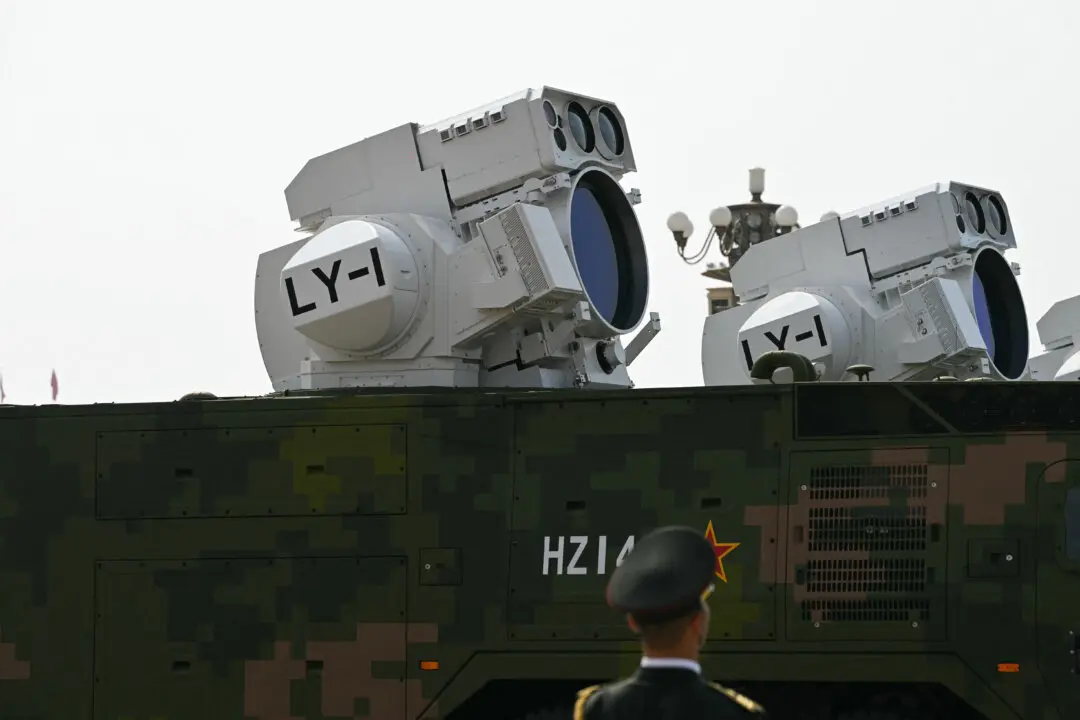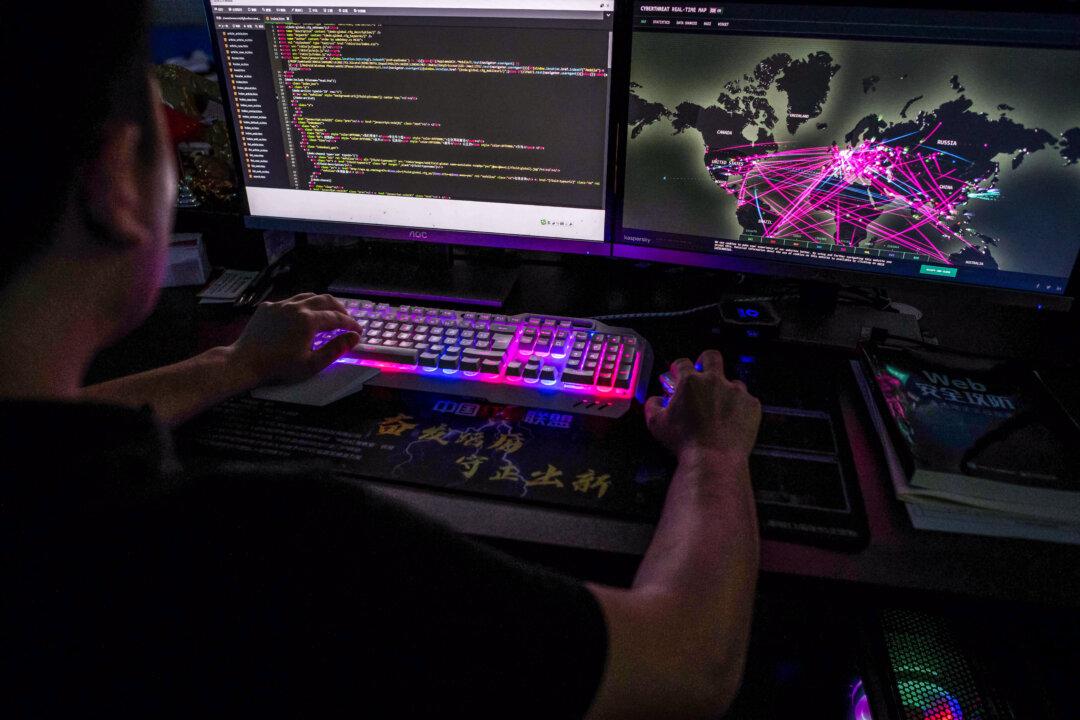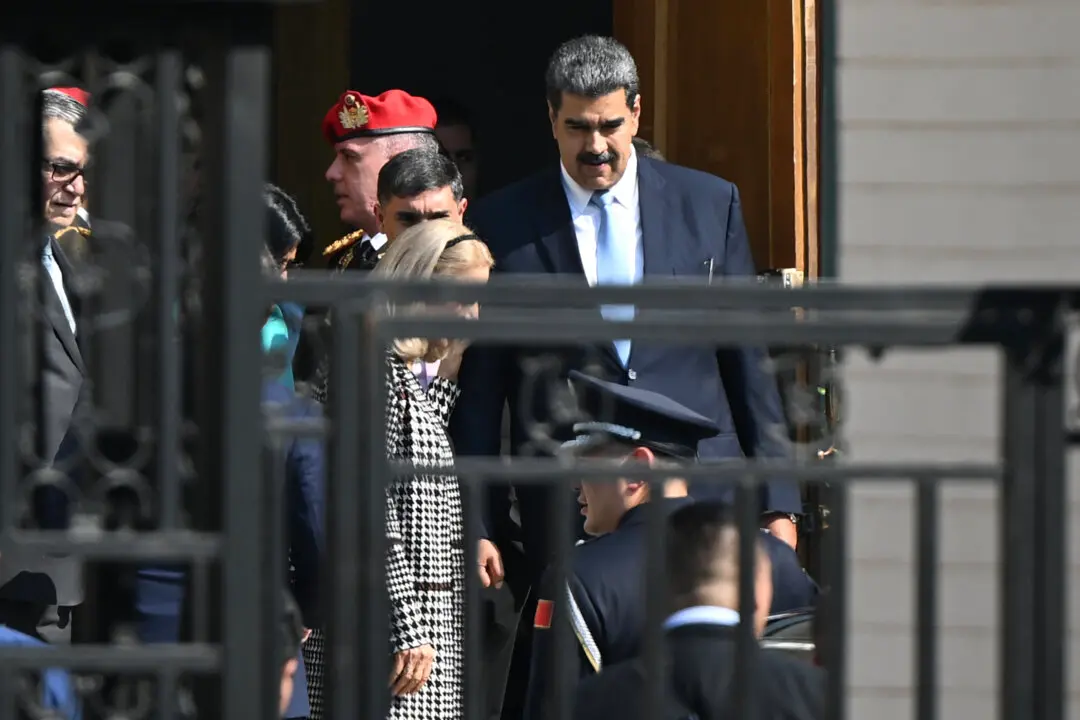News Analysis
Beginning in 2001 and including the Belt and Road Initiative (BRI) that started in 2013, China has invested in nearly 21,000 projects across 165 low- and middle-income countries. The total outstanding debt owed to China is roughly $1.1 trillion, and over half of these loans are now due—a proportion that will reach 75 percent by 2030.





